How Did Life Change During The Renaissance
The Renaissance: The 'Rebirth' of science & culture
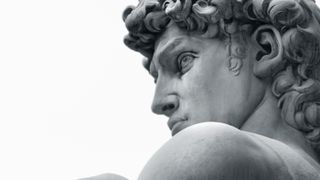
The Renaissance, which ways "rebirth" in French, typically refers to a period in European history from A.D. 1400 to A.D. 1600. Many historians, still, assert that it started earlier or ended afterward, depending on the country. Information technology bridged the periods of the Center Ages and mod history, and, depending on the country, overlaps with the Early Modern, Elizabethan and Restoration periods. The Renaissance is most closely associated with Italy, where it began in the 14th century, though countries such as Germany, England and France went through many of the same cultural changes and phenomena.
However, while the Renaissance brought most some positive changes for Europe, the geographical exploration that flourished during this time led to devastation for the people of the Western Hemisphere as European conquest and colonization brought plagues and slavery to the Indigenous people living there. In Africa, information technology also brought virtually the nascency of the trans-Atlantic slave trade that saw Black people shipped from Africa to the Western Hemisphere to piece of work as slaves on European colonies.
"Renaissance" comes from the French word for "rebirth." According to the City Academy of New York at Brooklyn, intense involvement in and learning about classical antiquity was "reborn" subsequently the Middle Ages, in which classical philosophy was largely ignored or forgotten. Renaissance thinkers considered the Centre Ages to accept been a period of cultural decline. They sought to revitalize their culture through re-emphasizing classical texts and philosophies. They expanded and interpreted them, creating their own style of art, philosophy and scientific inquiry. Some major developments of the Renaissance include astronomy, humanist philosophy, the printing press, vernacular language in writing, painting and sculpture technique, world exploration and, in the late Renaissance, Shakespeare'due south works.
What is the Renaissance?
Many historians, including U.Chiliad.-based historian and writer Robert Wilde, prefer to think of the Renaissance as primarily an intellectual and cultural motility rather than a historical menstruation. Interpreting the Renaissance as a time period, though convenient for historians, "masks the long roots of the Renaissance," Wilde told Live Scientific discipline.
During this time, interest in classical antiquity and philosophy grew, with some Renaissance thinkers using it every bit a way to revitalize their culture. They expanded and interpreted these Classical ideas, creating their own style of art, philosophy and scientific enquiry. Some major developments of the Renaissance include developments in astronomy, humanist philosophy, the printing press, vernacular language in writing, painting and sculpture technique, world exploration and, in the belatedly Renaissance, Shakespeare's works.
The term Renaissance was not commonly used to refer to the period until the 19th century, when Swiss historian Jacob Burckhardt popularized it in his classic, "The Civilization of Renaissance Italy (opens in new tab)" (Dover Publications, 2016).
Historical development

Contrary to pop belief, classical texts and cognition never completely vanished from Europe during the Eye Ages. Charles Homer Haskins wrote in "The Renaissance of the Twelfth Century (opens in new tab)" (Harvard University Printing, 1927) that in that location were three chief periods that saw resurgences in the art and philosophy of artifact: the Carolingian Renaissance, which occurred during the reign of Charlemagne, the first emperor of the Holy Roman Empire (eighth and 9th centuries), the Ottonian Renaissance, which adult during the reigns of emperors Otto I, Otto Two and Otto 3 (10th century) and the 12th century Renaissance.
The 12th century Renaissance was peculiarly influential on the later Renaissance, said Wilde. Europeans at the time studied on a larger scale Classical Latin texts and Greek science and philosophy; they too established early versions of universities.
The Crusades played a role in ushering in the Renaissance, Philip Van Ness Myers wrote in "Medieval and Modern History" (Ginn & Company, 1902). While crusading, Europeans encountered advanced Eye Eastern civilizations, which had made strides in many cultural fields. Islamic countries kept many classical Greek and Roman texts that had been lost in Europe, and they were reintroduced through returning crusaders.
The autumn of the Byzantine Empire at the hands of the Ottomans likewise played a role. "When the Ottomans sacked Constantinople in 1453, many scholars fled to Europe, bringing classical texts with them," Susan Abernethy, a Colorado-based historian and author, told Live Scientific discipline. "Conflict in Spain betwixt the Moors and Christians also acquired many academics to escape to other areas, especially the Italian urban center-states of Florence, Padua and others. This created an temper for a revival in learning."
The Black Death helped set the phase for the Renaissance, wrote Robert Southward. Gottfried (opens in new tab) in "The Black Death" (Simon and Schuster, 2010). Deaths of many prominent officials acquired social and political upheaval in Florence, where the Renaissance is considered to have begun. The Medici family unit moved to Florence in the wake of the plague and over the centuries produced business and political leaders also as four popes.
The Medici's, and many others, took reward of opportunities for greater social mobility. Becoming patrons of artists was a popular way for such newly powerful families to demonstrate their wealth. Some historians also fence that the Black Death caused people to question the church building's accent on the afterlife and focus more on the present moment, which is an element of the Renaissance'southward humanist philosophy.
Many historians consider Florence to be the Renaissance's birthplace, though others widen that designation to all of Italy. From Italian republic, Renaissance thought, values and artistic technique spread throughout Europe, according to Van Ness Myers. Military invasions in Italian republic helped spread ideas, while the finish of the Hundred Years War between France and England immune people to focus on things also conflict.
The term "Renaissance Man," which is used today to depict someone who is talented in multiple fields, is derived from the Italian discussion "Uomo Universale," which means "universal human" and is oftentimes used to describe individuals like Leonardo da Vinci who thrived in multiple fields similar art and scientific discipline.
Characteristics of the Renaissance
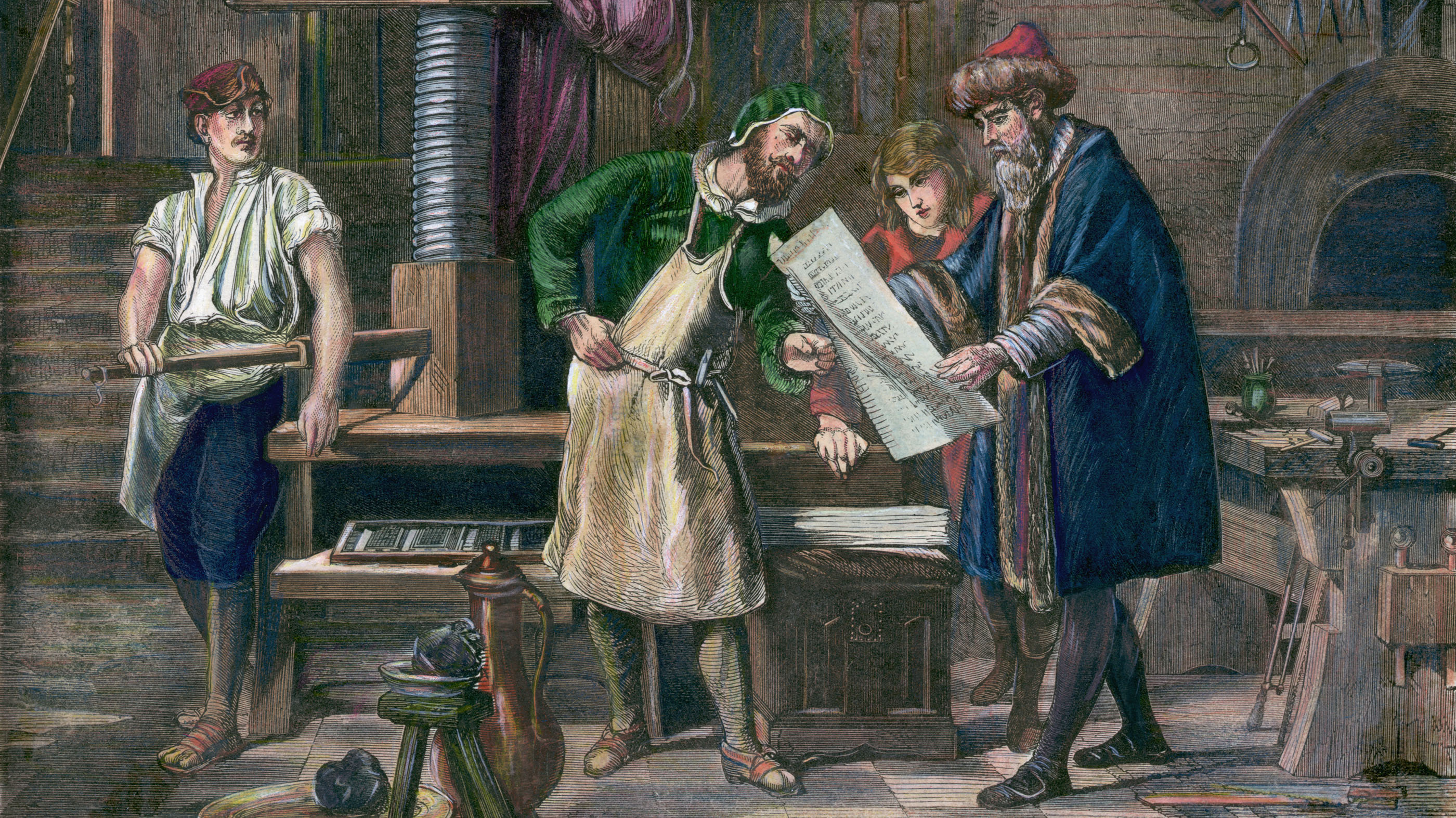
The development and growth of the printing press was perhaps the most of import technical achievement of the Renaissance. Johannes Gutenberg developed it in 1440, although the technology was used in China centuries before. It immune Bibles, secular books, printed music and more to be made in larger quantities and reach more people. "The demand for perfect reproductions of texts and the renewed focus on studying them helped trigger 1 of the biggest discoveries in the whole of human history: printing with movable type. For me, this is the easiest and single greatest development of the Renaissance and allowed modern culture to develop," said Wilde.
Intellectual motility
Wilde said i of the about meaning changes that occurred during the Renaissance was the "evolution of Renaissance humanism equally a method of thinking. … This new outlook underpinned so much of the world then and at present."
Renaissance humanism, Wilde said, involved "attempts by man to master nature rather than develop religious piety." Renaissance humanism looked to classical Greek and Roman texts to change contemporary idea, allowing for a new mindset subsequently the Middle Ages. Renaissance readers understood these classical texts as focusing on human decisions, actions and creations, rather than unquestioningly following the rules set forth by the Catholic Church as "God's program."
Though many Renaissance humanists remained religious, they believed God gave humans opportunities, and information technology was humanity'due south duty to practise the all-time and almost moral beings. Renaissance humanism was an "ethical theory and practise that emphasized reason, scientific inquiry and human fulfillment in the natural globe," said Abernethy.
Renaissance art
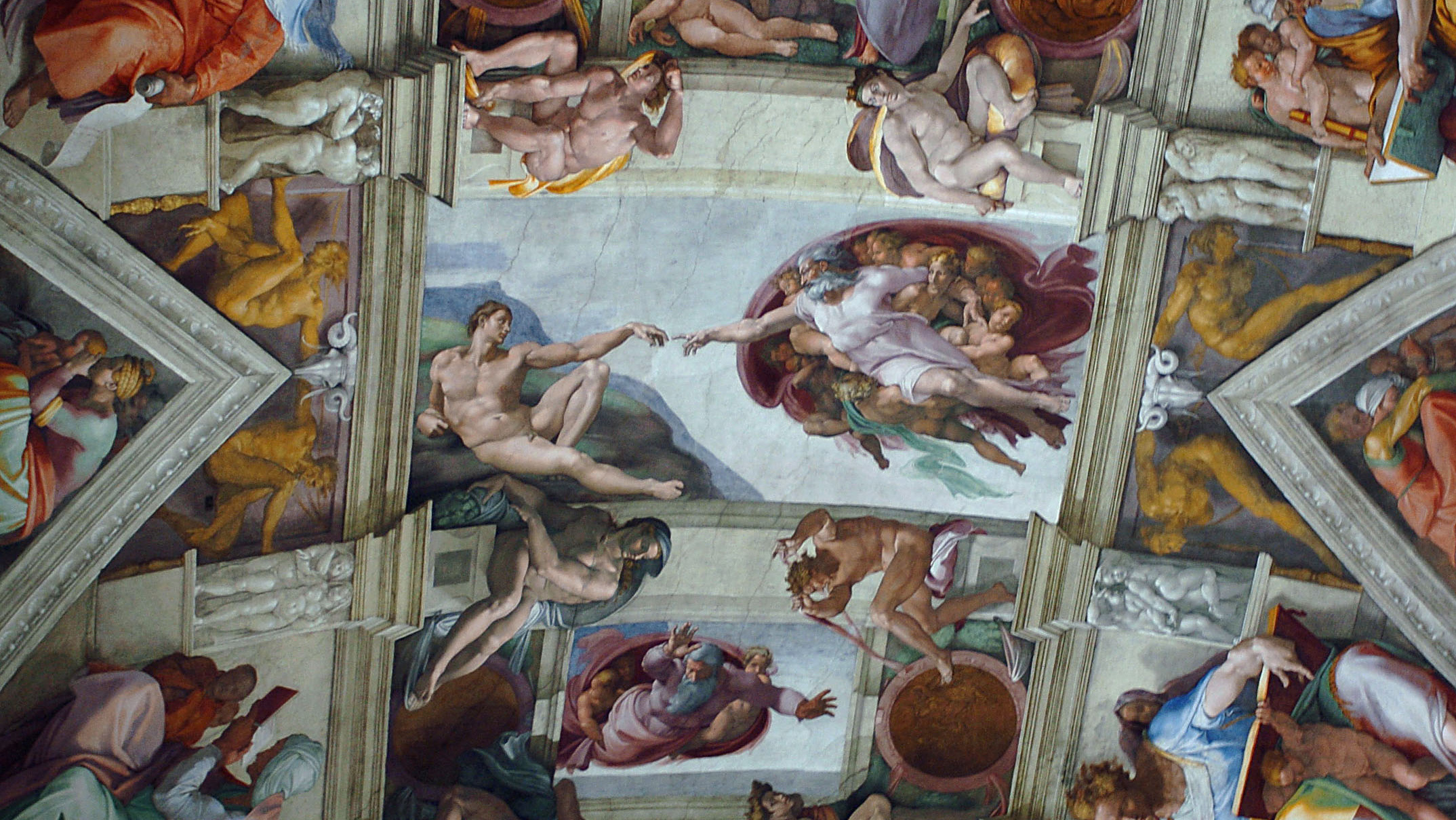
Renaissance art was heavily influenced past classical art, wrote Virginia Cox in "A Short History of the Italian Renaissance (opens in new tab)" (I.B. Tauris, 2015). Artists turned to Greek and Roman sculpture, painting and decorative arts for both inspiration and the fact that the techniques meshed with Renaissance humanist philosophy. Both classical and Renaissance fine art focused on human beauty and nature. People, fifty-fifty when in religious works, were depicted living life and showing emotion. Perspective, likewise equally light and shadow techniques improved; and paintings looked more three-dimensional and realistic.
Patrons fabricated information technology possible for successful Renaissance artists to work and develop new techniques. The Catholic Church commissioned almost artwork during the Middle Ages, and while information technology connected to practice so during the Renaissance, wealthy individuals also became important patrons, according to Cox. The almost famous patrons were the Medici family in Florence, who supported the arts for much of the 15th and 16th centuries. The Medici family unit supported artists such every bit Michelangelo, Botticelli, da Vinci and Raphael.
Florence was the initial epicenter of Renaissance art, but by the end of the 15th century, Rome had overtaken it. Pope Leo X (a Medici) ambitiously filled the urban center with religious buildings and art. This period, from the 1490s to the 1520s, is known as the High Renaissance.
Renaissance music
Every bit with art, musical innovations in the Renaissance were partly fabricated possible because patronage expanded across the Catholic Church. Co-ordinate to theMetropolitan Museum of Art (opens in new tab), new technologies resulted in the invention of several new instruments, including the harpsichord and violin family. The printing press meant that sheet music could exist more widely disseminated.
Renaissance music was characterized past its humanist traits. Composers read classical treatises on music and aimed to create music that would touch listeners emotionally. They began to incorporate lyrics more than dramatically into compositions and considered music and verse to be closely related, according to the Metropolitan Museum of Art.
Renaissance literature & theatre
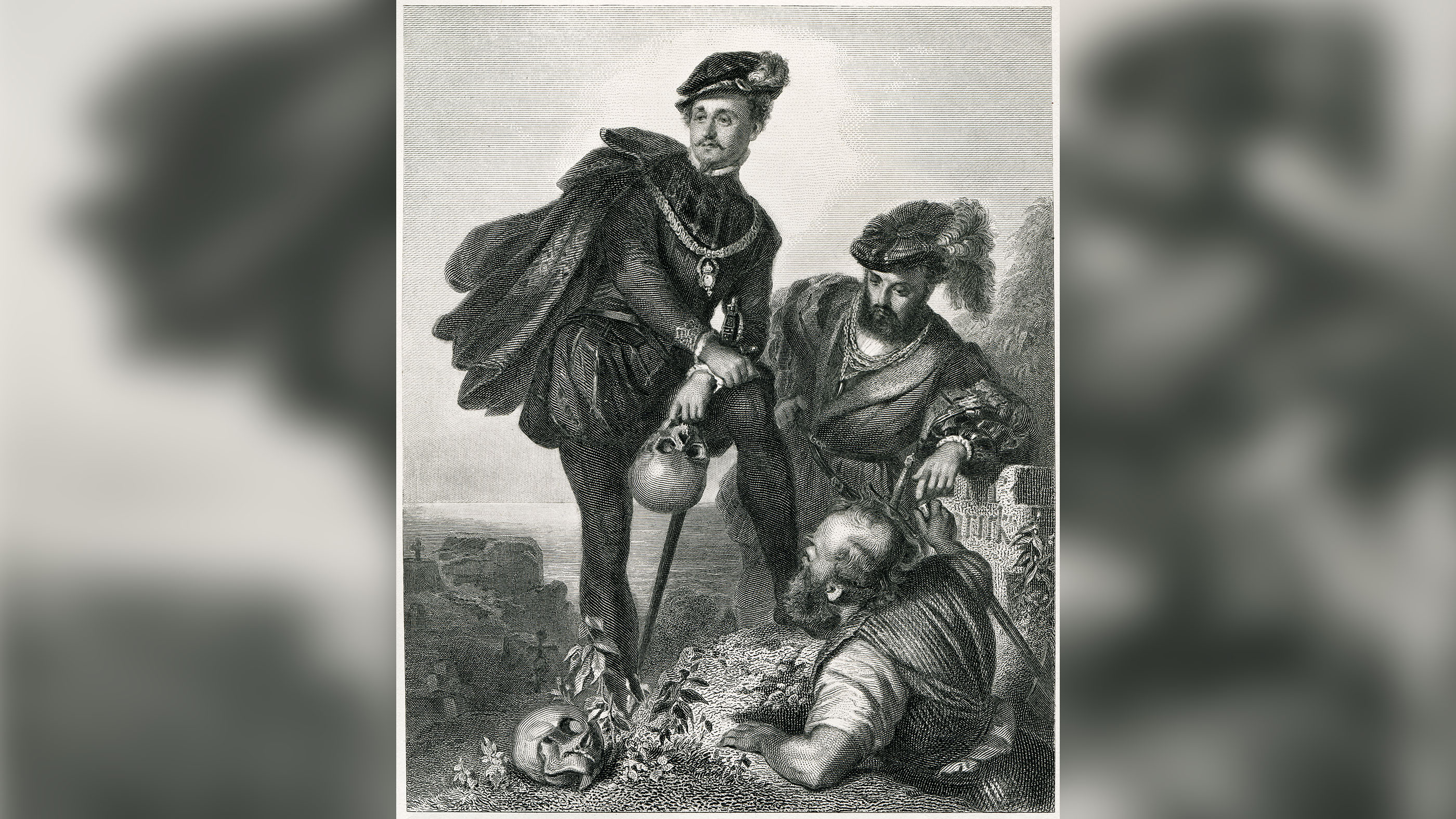
Renaissance literature, as well, was characterized by humanist themes and a return to classical ideals of tragedy and one-act, according to the Brooklyn College English Department (opens in new tab). Shakespeare'southward works, particularly "Hamlet," are good examples of this. Themes like human bureau, life's non-religious meanings and the true nature of human are embraced, and Hamlet is an educated Renaissance man.
The printing printing allowed for popular plays to be published and re-dperformed around Europe and the globe. A play's popularity ofttimes determined whether publishers chose to impress the script, wrote Janet Clarke, an emeritus professor of Renaissance Literature at the University of Hull, U.Yard., in her book "Shakespeare'due south Phase Traffic" (Cambridge University Press, 2014). "Publishers invested in plays that were pop as theatre traffic as much as they invested in the authors" wrote Hull.
Renaissance order & economics
The most prevalent societal change during the Renaissance was the fall of feudalism and the rising of a backer marketplace economy, said Abernethy. Increased merchandise and the labor shortage acquired by the Black Death gave rise to something of a middle class. Workers could demand wages and good living conditions, and so serfdom ended.
"Rulers began to realize they could maintain their power without the church. In that location were no more knights in service to the king and peasants in service to the lord of the manor," said Abernethy. Having money became more important than your allegiances.
This shift frustrated popes. The "Peace of Westphalia," a series of treaties signed in 1648, fabricated it harder for the pope to interfere in European politics. Pope Innocent Ten responded that it was "null, void, invalid, iniquitous, unjust, damnable, reprobate, inane, and devoid of pregnant for all time."
Renaissance religion
Due to a number of factors — including the Black Death, the ascent in merchandise, the development of a middle course and the papacy'south temporary move from Rome to Avignon (1309 to 1377) — the Catholic Church's influence was waning every bit the 15th century began. The re-emergence of classical texts and the ascension in Renaissance humanism changed society's approach to organized religion and the say-so of the papacy, said Abernethy. "[Humanism] created an atmosphere that gave rise to different movements and sects … Martin Luther stressed reform of the Catholic Church building, wanting to eliminate practices such as nepotism and the selling of indulgences," Abernethy said.
"Perhaps most of import, the invention of the press printing immune for the broadcasting of the Bible in languages other than Latin," Abernethy continued. "Ordinary people were at present able to read and acquire the lessons of Scripture, leading to the Evangelical motility." These early Evangelicals emphasized the importance of the scriptures rather than the institutional power of the church and believed that salvation was personal conversion rather than existence adamant by indulgences or building works of art or architecture.
The fracturing of Christians in western Europe into different groups led to conflicts, sometimes called the "wars of faith," that lasted for centuries in Europe. These conflicts sometimes led groups of people to leave Europe in hopes of avoiding persecution. One of these groups would become known as the Pilgrims when they came to Plymouth in 1620.
Renaissance geography
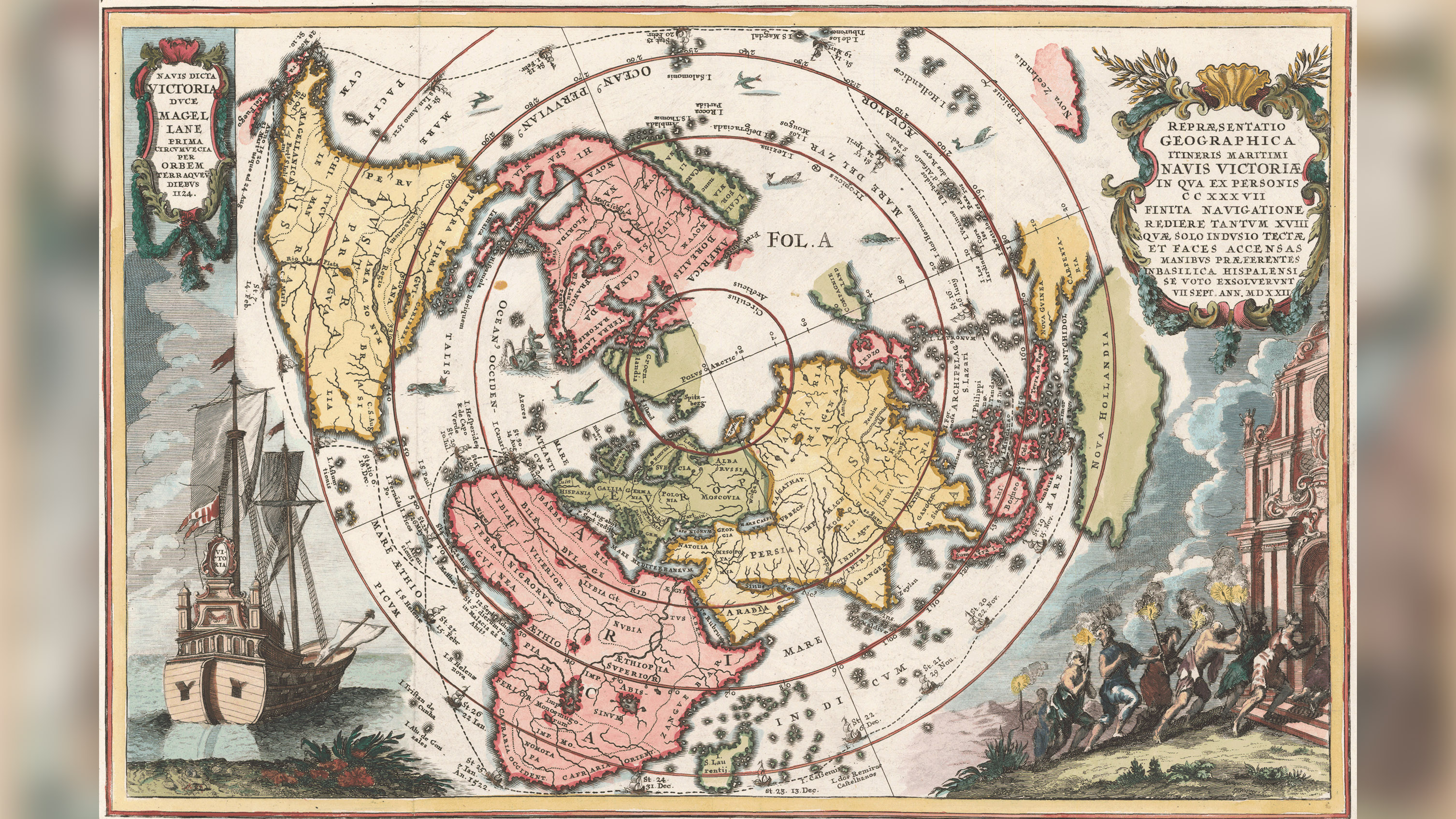
Thirsty to learn more about the world and eager to improve trade routes, explorers sailed off to chart new lands. Columbus "discovered" the New World in 1492, and Ferdinand Magellan became the first person to successfully circumnavigate the globe in the early 1500s.
For the people of the Western Hemisphere, the European exploration and colonization that occurred was disastrous. With little or no immunity to the diseases Europeans brought over, the Indigenous population was ravaged by plagues, with decease rates in some areas estimated as high as 90%. The Spanish conquered the Aztec and Inca Empires, forcing the native survivors to work as slaves.
European powers too explored more of Africa, starting to conquer and colonize parts of the continent. As their force in Africa grew, Europeans began to take people from Africa to piece of work as slaves — in some cases sending them to work on colonies in the Caribbean area and Southward America — this trans-Atlantic slave trade eventually expanding to what is now the United States.
Renaissance science
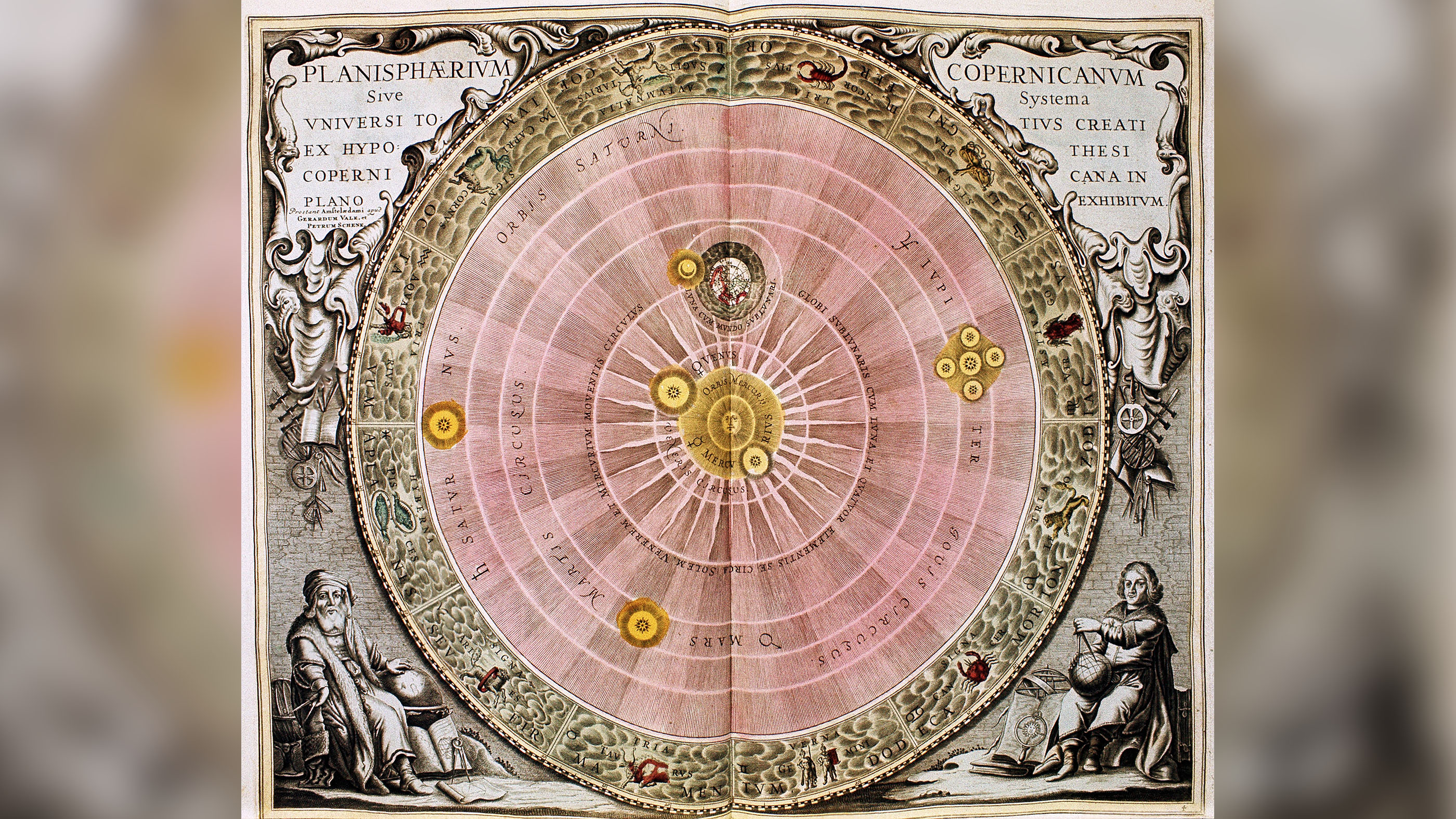
As scholars studied classical texts, they "resurrected the ancient Greek conventionalities that creation was constructed around perfect laws and reasoning," Abernethy said. "At that place was an escalation in the study of astronomy, anatomy and medicine, geography, abracadabra, mathematics and architecture as the ancients studied them."
Ane of the major scientific discoveries of the Renaissance came from Polish mathematician and astronomerNicolaus Copernicus. In the 1530s, he published his theory of a heliocentric solar system. This places the sun, not the Earth, at the middle of the solar organization. It was a major quantum in the history of scientific discipline, though the Catholic Church building banned the printing of Copernicus' volume.
Empiricism began to accept hold of scientific thought. "Scientists were guided past experience and experiment and began to investigate the natural world through observation," said Abernethy. "This was the showtime indication of a divergence between science and religion. … They were being recognized equally 2 split up fields, creating disharmonize between the scientists and the church, and causing scientists to be persecuted," continued Abernethy. "Scientists found their work was suppressed or they were demonized as charlatans and defendant of dabbling in witchcraft, and sometimes being imprisoned."
Galileo Galilei was a major Renaissance scientist persecuted for his scientific experiments. Galileo improved the telescope, discovered new celestial bodies and constitute support for a heliocentric solar system. He conducted motion experiments on pendulums and falling objects that paved the way for Isaac Newton's discoveries about gravity. The Cosmic Church forced him to spend the last 9 years of his life under firm arrest.
Renaissance festival
While the term "Renaissance festival" typically refers to mod-day festivals that celebrate the art and culture of the Renaissance, there were festivals that took identify during the Renaissance itself.
For instance, Henri 2, who was male monarch of France between 1547 and 1559, held festivals periodically throughout his reign that included stages of performers and lengthy parades. The festivals included the arrivals of the king into the metropolis or town where the festival was beingness held, wrote Richard Cooper, an emeritus professor of French at the University of Oxford, in a newspaper published in the volume "Court Festivals of the European Renaissance" (Taylor & Francis, 2017). Henri Ii sometimes held these festivals to make an important outcome such every bit the coronation of his queen or a military victory, wrote Cooper.
How the Renaissance changed the globe
"The Renaissance was a time of transition from the ancient world to the modernistic and provided the foundation for the birth of the Age of Enlightenment," said Abernethy. The developments in science, art, philosophy and trade, as well as technological advancements like the printing press, left lasting impressions on society and gear up the stage for many elements of our modern culture.
Even so, while the Renaissance had some positive bear on for Europe, it had devastating impacts for people of the Western Hemisphere, as plagues decimated Ethnic populations and the survivors often plant themselves enslaved and under the rule of European colonizers. This system of conquest, colonization and slavery likewise repeated itself in Africa as European ability grew. Today, the ramifications of European colonization and slavery are still felt and hotly debated around the earth.
Boosted resources
—Learn more about the geniuses of the Renaissance, from da Vinci and Galileo to Descartes and Chaucer on this History Channel page (opens in new tab), with links to biographies of each.
—In this book by author (opens in new tab) Catherine Fet, kids volition learn nigh the Renaissance and its characters through tales of adventure.
—In this iv-function BBC Tv series (opens in new tab) chosen "Renaissance Unchained," Waldemar Januszczak gives yous a peek within the more than heady aspects of the fourth dimension, from an episode on the gods and myths to one on a period of state of war, defoliation and … "darkness."
Bibliography
"The Civilization of the Renaissance in Italy Paperback" past Jacob Burckhardt, Dover Publications, September sixteen, 2010. https://world wide web.amazon.com/dp/0486475972 (opens in new tab)
"The Renaissance of the Twelfth Century" by Charles Homer Haskins, Harvard Academy Press, 1927. https://www.amazon.com/dp/0674760751 (opens in new tab)
"The Black Death: Natural and Homo Disaster in Medieval Europe" by Robert South. Gottfried, Gratuitous Press, March 1, 1985. https://www.amazon.com/Black-Expiry-Natural-Disaster-Medieval/dp/0029123704 (opens in new tab)
"A Short History of the Italian Renaissance" past Virginia Cox, I.B. Tauris, 2015. https://www.amazon.com/History-Italian-Renaissance-I-B-Tauris-Histories/dp/1784530778 (opens in new tab)
"Music in the Renaissance" at the Metropolitan Museum of Art. https://www.metmuseum.org/toah/hard disk/renm/hd_renm.htm
Introduction to the Renaissance by the Brooklyn Higher English Department. http://bookish.brooklyn.cuny.edu/english/melani/cs6/ren.html
Philip Van Ness Myers wrote in "Medieval and Mod History" (Ginn & Company, 1902). https://www.amazon.com/Mediaeval-Modern-History-Philip-Middle/dp/B001R6ARQI
Source: https://www.livescience.com/55230-renaissance.html
Posted by: hodgesdarm1977.blogspot.com

0 Response to "How Did Life Change During The Renaissance"
Post a Comment